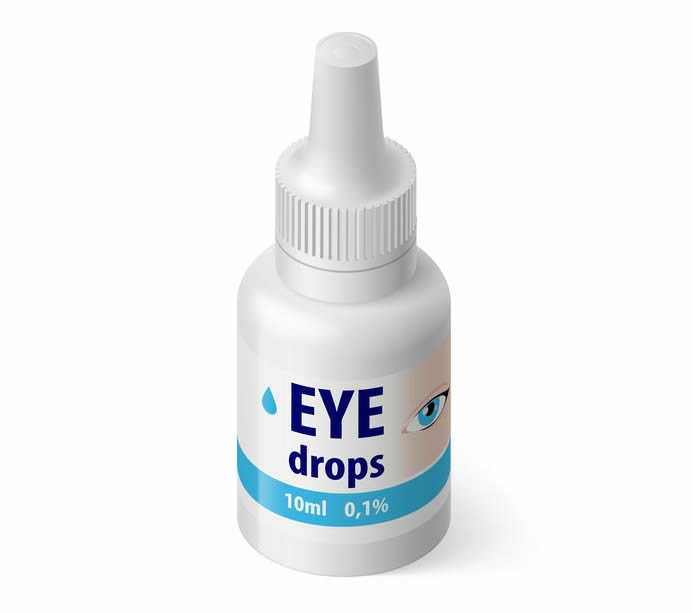
Myopia is one of the most common eye disorders of the 21st century, and an immeasurable amount of resources has been devoted to finding solutions that do not involve the use of glasses or surgery. More and more children are being diagnosed with this condition.
About 40% of children in the United States have myopia, compared to estimates of about 20% just 30 years ago. Many authors link it to lack of daylight activity, but there are many hypotheses.
The good news is that there is a promising treatment, especially to address childhood myopia and is atropine at low doses or super-diluted. Atropine is an alkaloid that has a variety of effects on the human body, in fact, long ago people used it to get high and enter states of "ecstasy.
So how can a drug used in the past help cure me or my loved one's myopia? Easy: use the right dose, at the right time. Let's learn a little more about this medicine and its effect on the eye system.
Atropine and "Low Dose"
Atropine is one of those medications that your doctor could use as a topical to dilate the pupil, creating a kind of temporary paralysis that relaxes the muscles inside your eye, to perform the eye exam. However, atropine has not been the first choice for a long time and this is thanks to its effects.
It is likely that if your specialist applied atropine drops to your eyes you will see badly for a long time. In fact, most patients lasted days, even more than a week, to regain their "normal" vision. It's not worth applying a few drops that have such a long-lasting action when the eye exam only lasts a few minutes.
However, the specialists focused their resources on treating myopia from the root, attempting to eliminate the "accommodative effort" that gave rise to this disorder. It would be the ideal place to include atropine, wouldn't it? but how would we deal with all the side effects?
That's why ultra-low doses of atropine, close to 0.01% concentration, are used constantly on our eyes. The initial approach is that this drug prevents us from constantly forcing our vision, which in theory increases myopia. If we block that wear and tear, we would be avoiding the progression of the disorder.
Using higher concentrations could lead to unwanted side effects. Of course, it's difficult - as with any other drug - for there to be no unwanted effects, but medicine is always about making our lives easier, not more complicated.
Side Effects
Some problems that atropine can cause are related to its mechanism of action. Due to the blockage of accommodation, photosensitivity (sensitivity to light), near blurred vision, and discomfort (especially headache) due to inability to see properly are the most common.
What experts are most concerned about, however, is that while this drug has been tested in multiple studies, long-term effects are not well described. There are no good trials that test the effects of this drug on vision after 5 years of treatment, so some specialists are reluctant to use them with peace of mind.
Also, it is likely that you still need some kind of lens to be able to read clearly, you must remember that your ability to focus will be altered, so that some daily activities may become a little complicated.
Who can use Atropine Super-diluted drops?
This is a therapy designed to slow the progression of nearsightedness, so ideally it is focused on those who can get worse quickly. These patients are children, in whom the prevalence of nearsightedness has increased in recent years, and alarmingly so.
It is believed that the mechanism of action underlying atropine has to do with some growth-related eye receptors. Researchers in Singapore discovered this fact almost by coincidence and error, so it could be an almost perfect formula for children or adolescents who are still developing.
The Efficiency of a Microdrop
A popular study about the 0.01% super-diluted atropine showed that daily nocturnal application (in drops) slowed (or stopped) myopia’s progression. This study followed up within 5 years, demonstrating the safety and efficacy of this treatment in 200 children and adolescents whose ages ranged from 9 to 12 years at the start of the trial.
The differential of myopia progression was -0.14 ± 0.35 in the treated group versus -0.65 ± 0.54 in the control group. Therapy suspensions were quite rare (2%) and attachment was quite effective.
The data are very clear and speak for itself: super-diluted atropine can be an effective therapy for controlling the progression of myopia, however, it is important to note that it is necessary to consult your doctor for more information about this treatment and to know if you - or your loved one - is a potential patient to try this therapy.
This is a purely informative article in which we explain the possible efficacy of this therapy based on quality scientific studies. Still, it is important that you consult your doctor to find out if it is applicable to your disorder or not.
